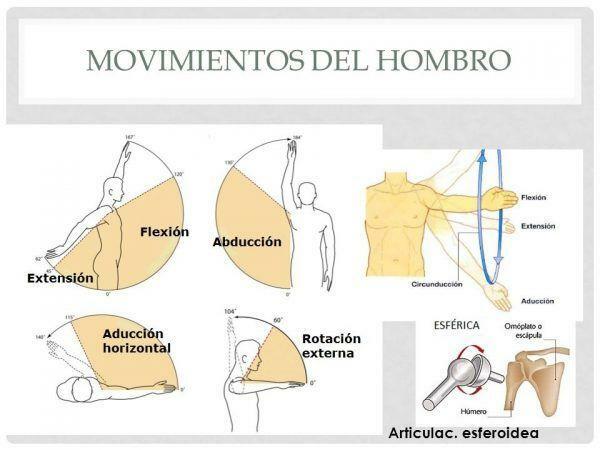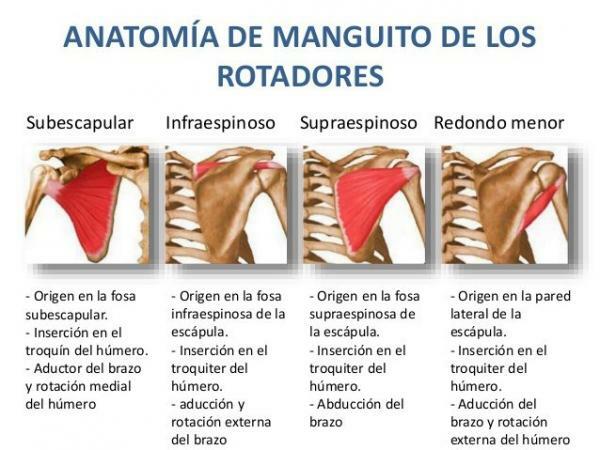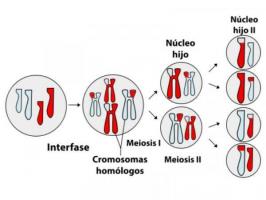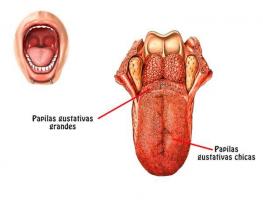List with ALL shoulder muscles

Image: Onmeda.es
The shoulder is a very important part of our body as it allows us to maintain the arm attached to the trunk while allowing this can move. The shoulder allows the arm to perform many different movements, so it is made up of a complex set of bones, muscles, ligaments and tendons. In this lesson from a TEACHER we will see what the shoulder is, what type of movements the muscles that compose it can have and we will offer you a list with all shoulder muscles.
In this lesson from a TEACHER we will talk about the shoulder muscles. These muscles are a set of muscle fibers complex and crisscrossed of more or less medium size. In order for everything to work properly and the arm can perform the correct movements, the shoulder muscles can perform different movements:
- Abduction: is the movement that separates the arm and forearm from the body.
- Adduction: it is the opposite movement to abduction, that is, the movement that brings the arm and forearm closer to the body.
- Flexion: it is the movement that raises the arms from the natural position - to the sides of the body - to the sides of the head, with the fingers pointing towards the sky. In this case, the flexion movement is different from what we find in other joints such as the elbow, in which the flexion movement brings the forearm closer to the arm.
- Extension: it is the opposite movement to the flexion, that is to say, the extension of the arms backwards. Extension movement is much more limited than flexion movement; while the flexion can be practically 180º (arms raised completely, in the vertical of the body), the bending movement cannot go much beyond 50º (arms fully extended behind the back).
- Rotation: is the movement by which the arms draw circles in a clockwise direction (external rotation; the inner face of the arm moves away from the trunk) or in the opposite direction to the needles of the clock (internal rotation; the inner face of the arm approaches the trunk).
With these five types of movements, the shoulder muscles associate and coordinate to make the arms functional.

Image: FisioStar
The rotator cuff is the set formed by four shoulder muscles: supraspinatus, infraspinatus, teres minor and subscapularis muscles, as well as their corresponding tendons. Its name is due to the fact that these are the muscles responsible for the rotation of the arm on the body.
These four muscles start from the scapula and insert very closely into the head of the humerus; Although they act in a coordinated way and are closely associated, in reality each of them is independent.
If you are an athlete, you may have heard reference to this area since injuries frequently occur in this area, especially due to inflammation of the tendons or tendinitis (rotator cuff tendinitis).

Image: Traumatology and Sports Medicine



